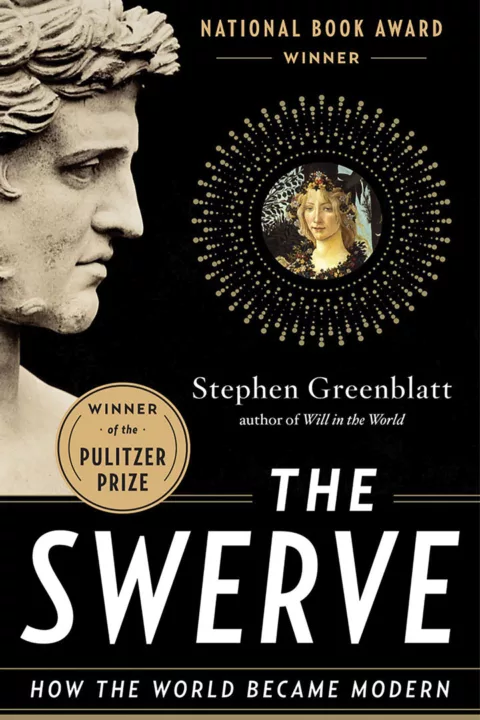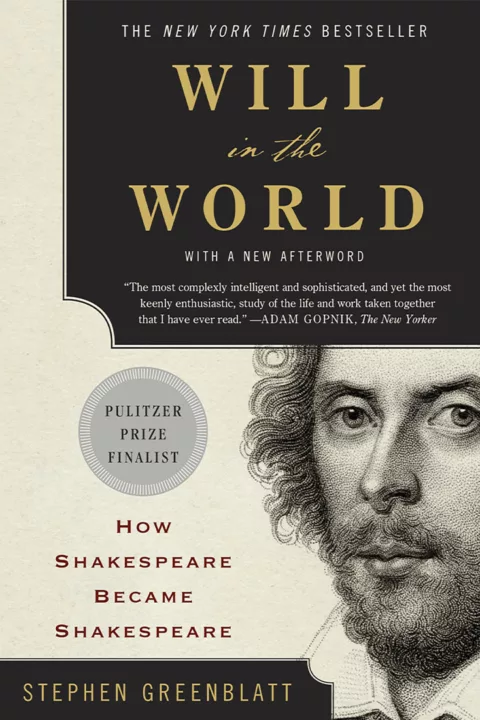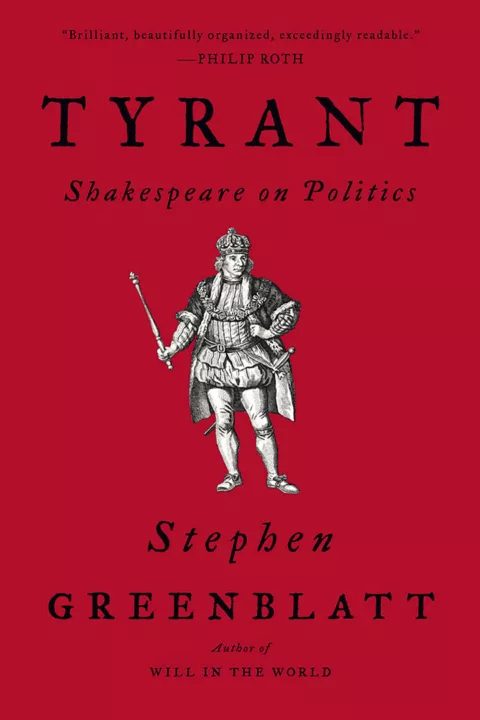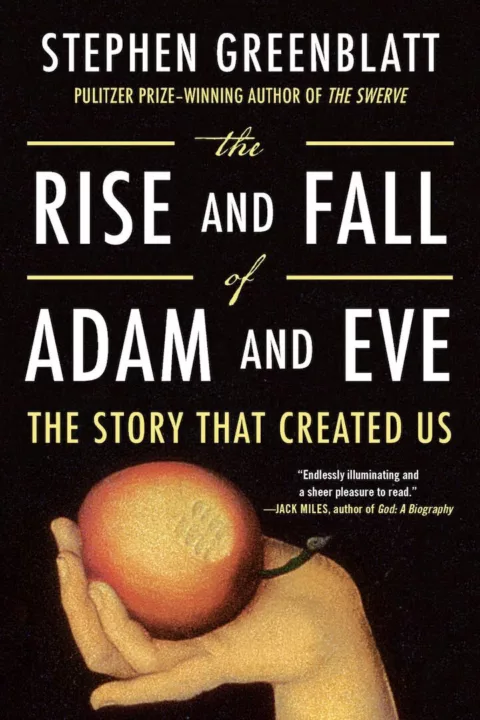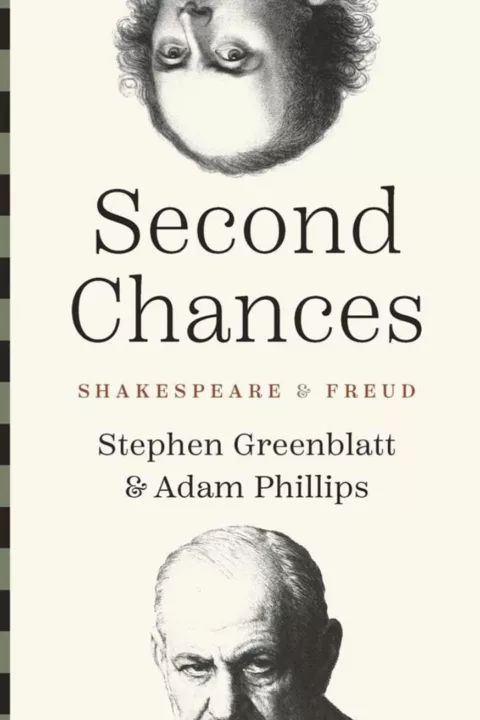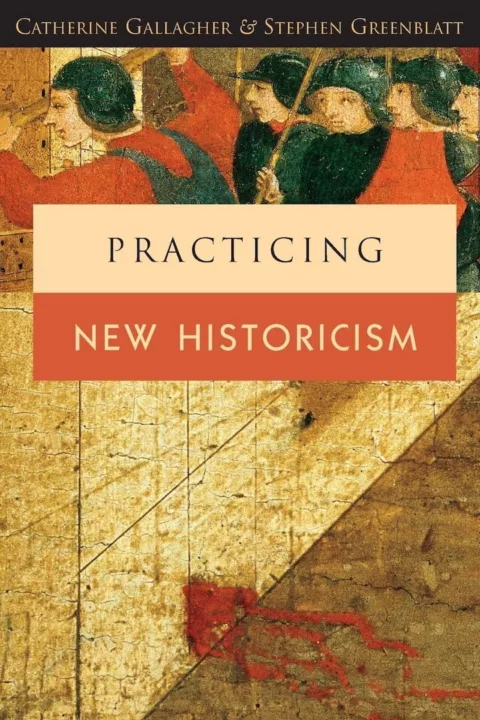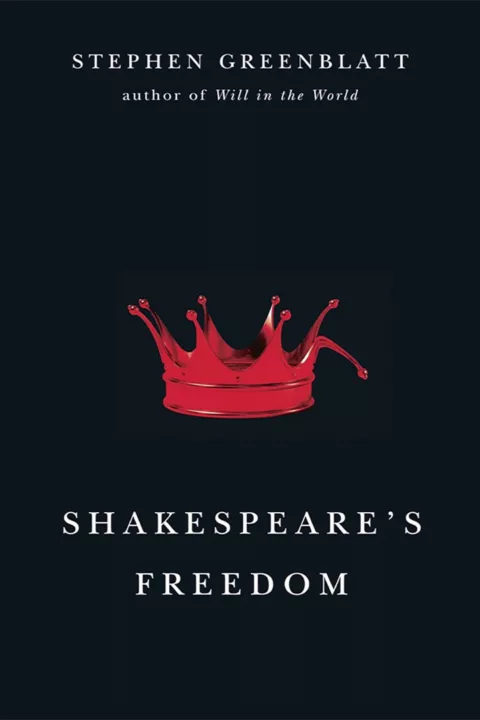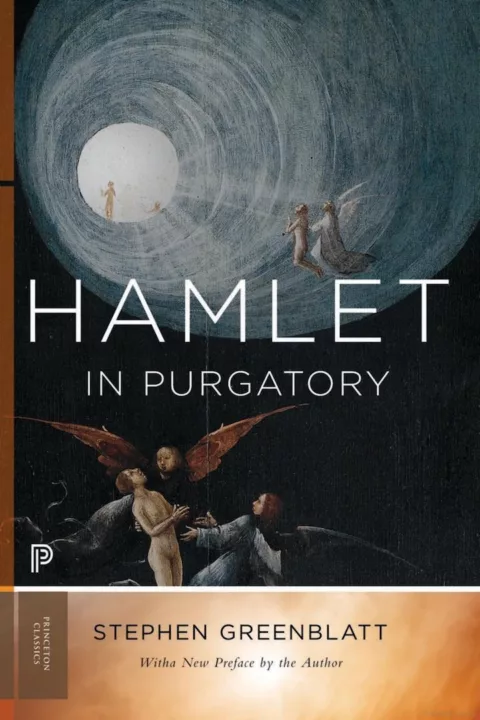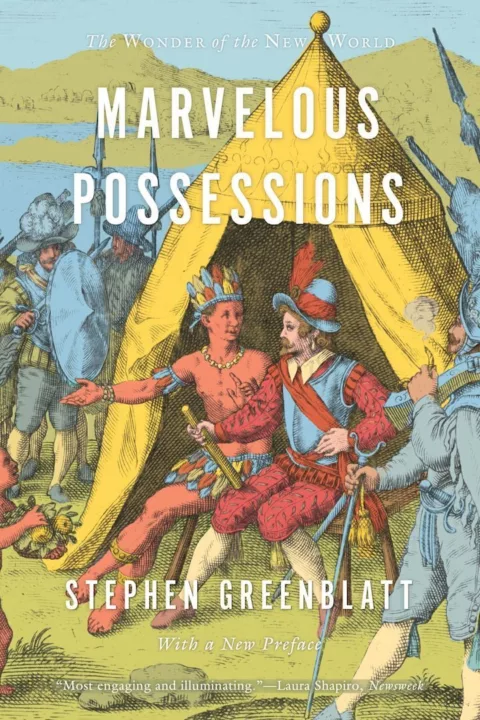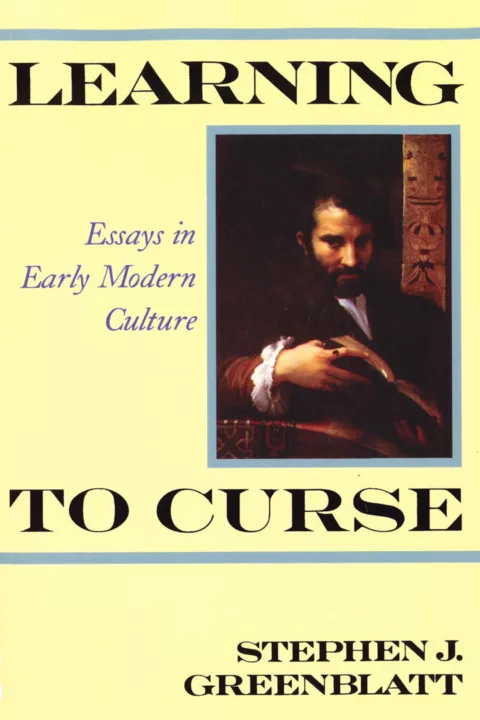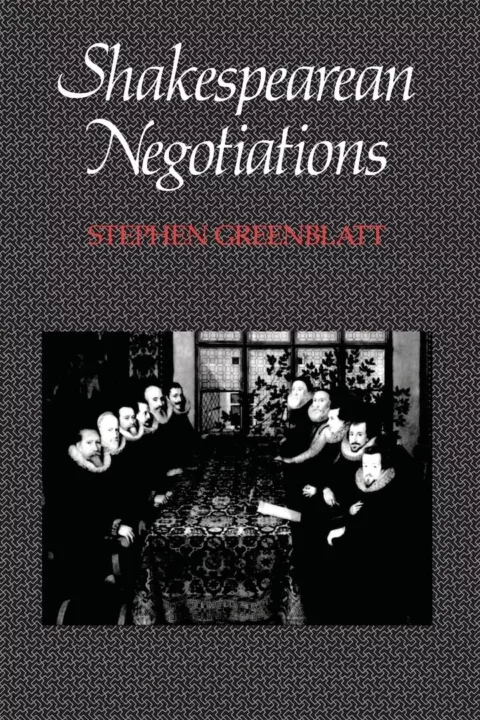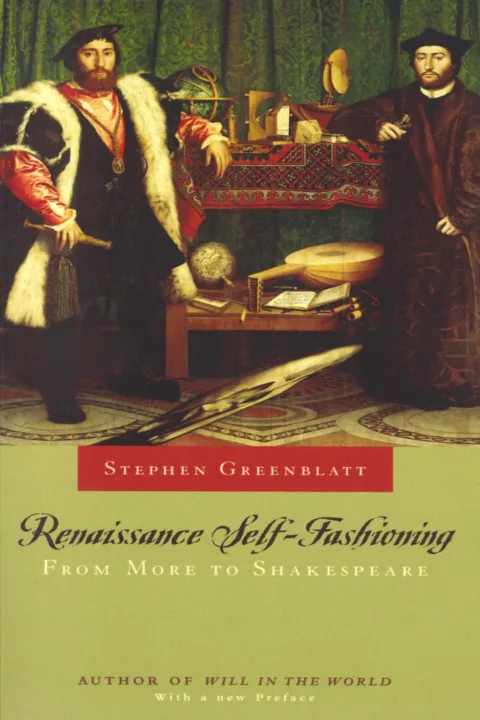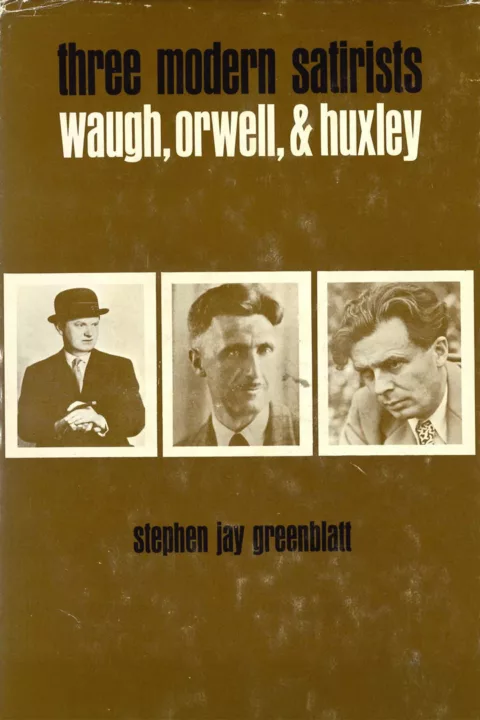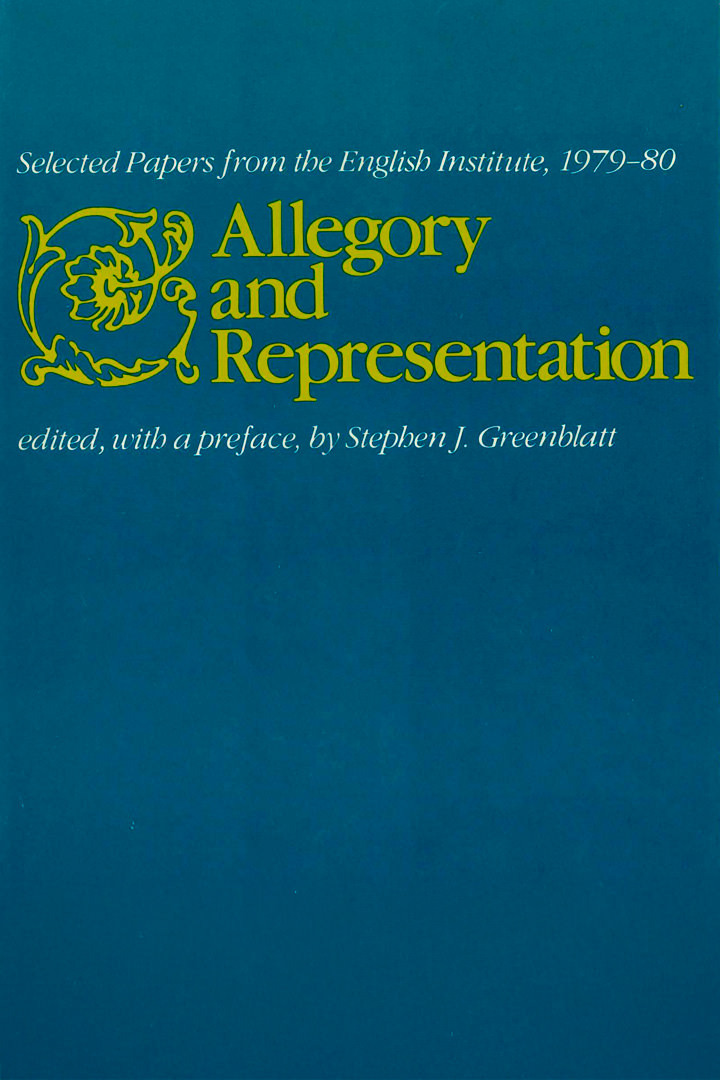
The problem of representation is at the heart of the intellectual ferment experienced in recent years by many different fields of inquiry. The essays in Allegory and Representation confront head-on the erosion of the ground rules for representation-the principles upon which a set of stable correspondences are posited between image and object, symbol and reality, sign and referent. The contributors to this volume reflect an unusual diversity of disciplines, from English, French, American, Slavic, and Italian literature to the history of art. Yet they all confront, through their local particularized studies, a common problem. Paul de Man and Joel Fineman characterize allegory (and, more generally, representation) as a paradox built upon its own undoing. Robert M. Durling and Michael Fried both discuss the use of the artist’s own body within a work of art to achieve a fusion of representation with that which is represented. Hugh Kenner and Leo Bersani each contrast opposing modes of representation-for Kenner, a “poetics of sunlight” and a “poetics of the cave”; for Bersani, an art that drive violently toward narrative closure and an art that remains open and unfinished.
Order Allegory and Representation

